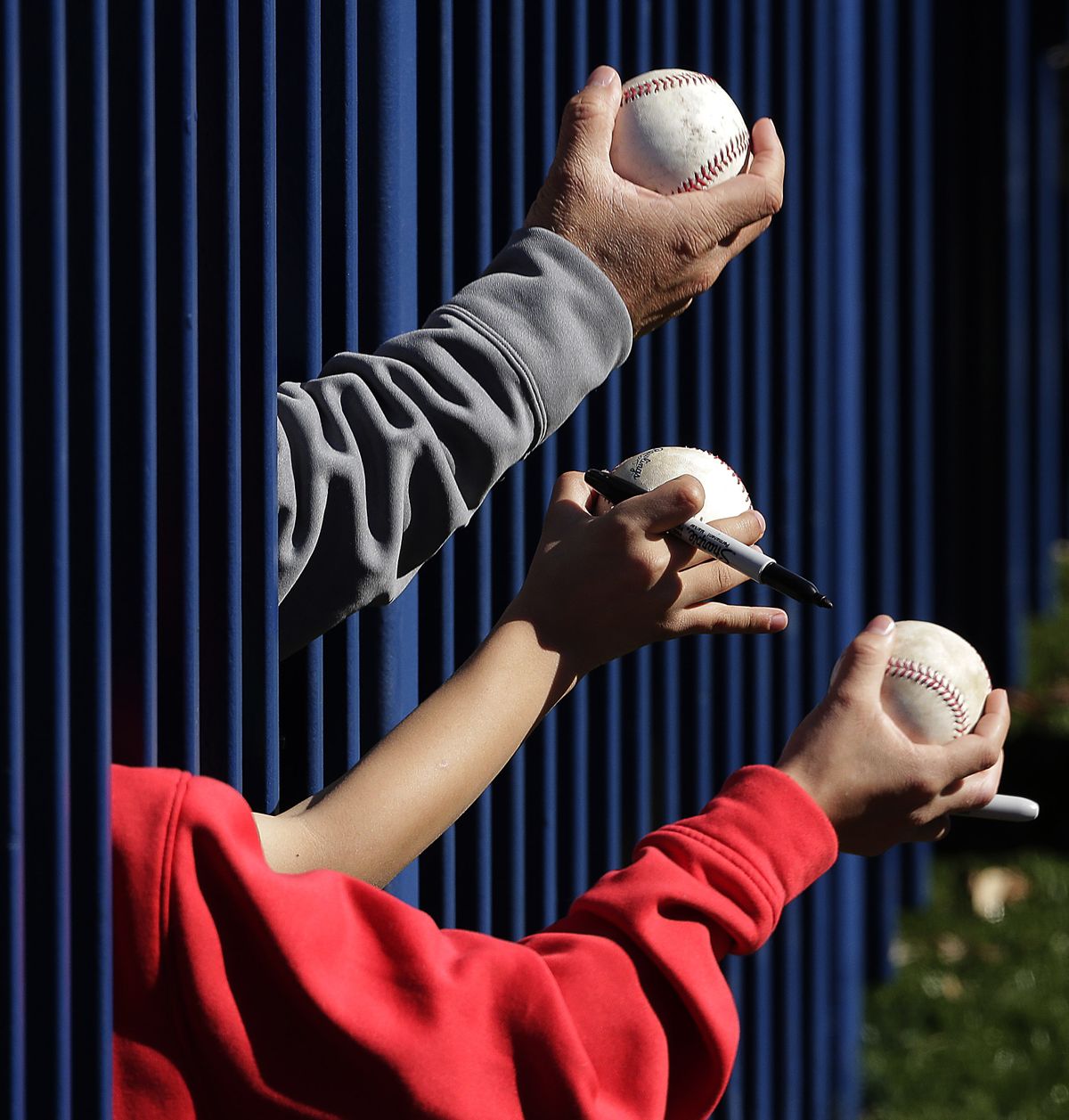All about angle
Beavan figures down will help him stay up with Mariners

PEORIA, Ariz. – Mariners pitcher Blake Beavan isn’t beyond working an angle when it comes to keeping his job at the back of the starting rotation.
In this case, the angle is downward. Beavan, 24, spent a month this winter training under renowned University of Texas pitching coach Skip Johnson trying to develop a downward plane to his pitches.
For pitchers with height, like the 6-foot-7, 253-pound Beavan, getting more downward action on pitches can compensate for several mph worth of missing velocity. It helped vault Doug Fister from a fifth starter to a prominent role with the Detroit Tigers and Beavan figures he could do a lot worse than borrow a page from his former Seattle teammate’s playbook.
“In high school, I had more angle, but in pro ball I kind of lost it,” Beavan said. “That’s probably why I’ve gotten whacked more.”
Beavan said his pitches began “flattening out” when he switched from a three-quarter arm slot to a more overhead delivery because his former Texas Rangers team was worried his previous style could result in an injury. The price he’s paid, though, is that hitters have since squared up on some of his pitches more easily when he makes a mistake.
His agent suggested working with Johnson, a pitching guru of sorts in Texas baseball. Johnson has worked with Cy Young Award winner Clayton Kershaw of the Dodgers and spent the 2011 offseason with Homer Bailey, who had a breakout season for Cincinnati last year.
“He calls me up and he says ‘I want to get to the next level,’ ” Johnson said of Beavan. “I remember thinking, what does he mean by that? He’s in the majors, what higher level is there? But then he tells me what he wants to do with his angles and repeating his delivery. So, I told him ‘Come on down and let’s take a look.’ ”
Beavan made the three-hour drive from Fort Worth to Austin to throw bullpen sessions for Johnson. They devised a plan in which Beavan would visit and train three days per week.
Johnson had Beavan separate his throwing hand from his glove more quickly as he stretched back into his delivery. With the arm cocked and ready to deliver the ball sooner, he has more time to generate the downward plane needed and gets less rotation on the ball that can “flatten out” a pitch.
A downward plane makes the ball tougher to square up on, and causes hitters to pound it into the ground.
A big key, Johnson added, was getting Beavan to consistently repeat his mechanics from one pitch to the next – regardless of whether it was a fastball or breaking pitch.
“We just broke it down one piece at a time,” Johnson said. “He works extremely hard at what he does. The aptitude of some of these guys at that level is unreal in that they know exactly what their bodies can do and how to achieve it.”
“I think my fastball’s hard enough,” said Beavan, who tops out about 93 mph. “If it gets harder, that’s nice. But if it doesn’t, I think the angle is more of a factor than velocity.”
Beavan made his spring debut on Saturday against San Diego, tossing two scoreless innings and generating numerous ground balls.
Mariners pitching coach Carl Willis feels Beavan’s new throwing angle and ability to repeat his mechanics helped him “hide” the ball from hitters longer in Saturday’s game.
“It looked like the ball was getting on the hitter a little quicker,” Willis said.